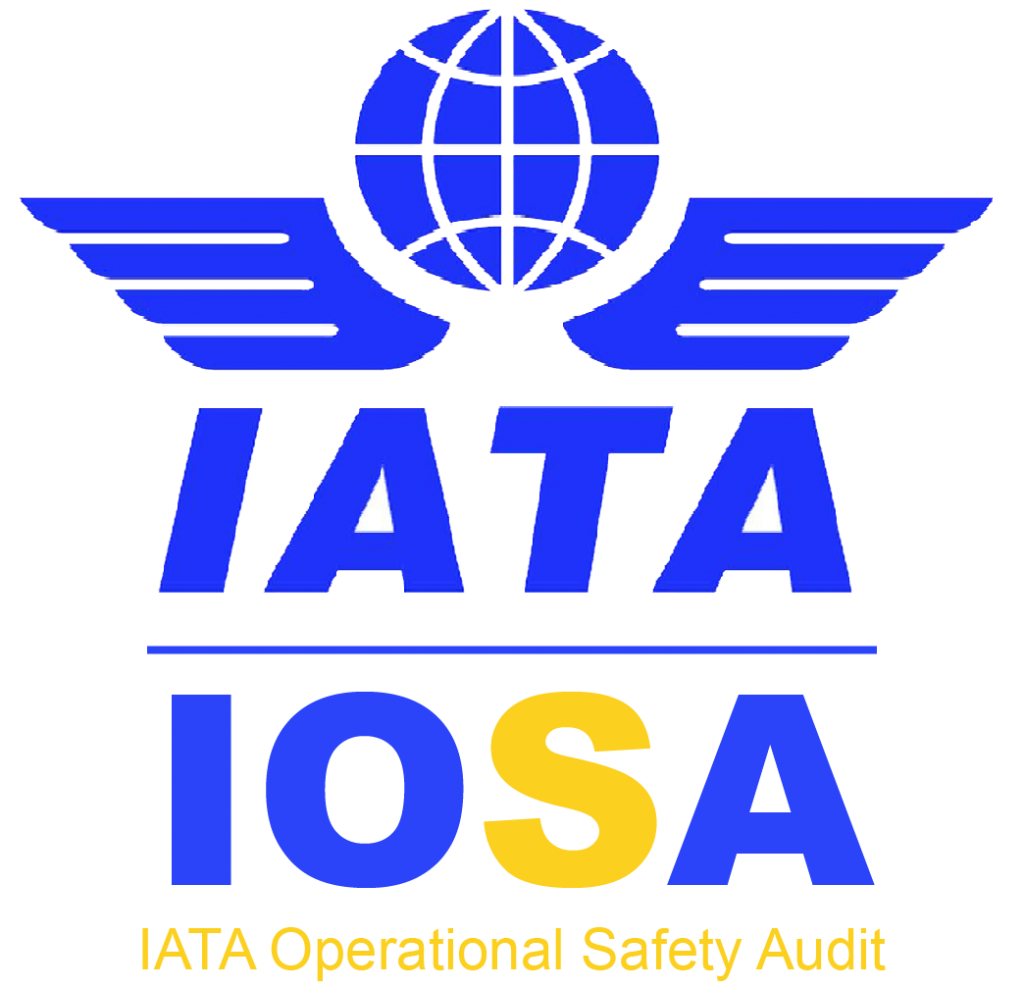
Risk-based IOSA (IATA Operational Safety Audit) is a safety management system that is used by airlines to assess and manage their operational risks. IOSA is an internationally recognized safety audit program developed by the International Air Transport Association (IATA) to promote the highest standards of safety in the aviation industry.
The risk-based approach to IOSA focuses on identifying the highest priority safety risks and allocating resources to address them. This approach is designed to ensure that safety resources are targeted where they are most needed, rather than being spread evenly across all aspects of the airline’s operations.
Under the risk-based IOSA, airlines are assessed based on their individual safety performance and risk profile. The audit covers a broad range of operational areas, including flight operations, cabin operations, ground operations, maintenance, and cargo operations. The audit is conducted by IATA-accredited auditors who evaluate the airline’s safety performance against the IOSA standards.
The risk-based IOSA approach enables airlines to proactively identify and mitigate safety risks, resulting in a safer operation and a reduced likelihood of accidents and incidents. It also promotes a culture of continuous safety improvement within the aviation industry.
IOSA Risk-based Approach
The IOSA (IATA Operational Safety Audit) Risk-based Approach is a methodology used to prioritize safety risks in aviation operations. It involves identifying potential safety risks and assessing their impact and likelihood of occurrence. The IOSA Risk-based Approach helps airlines and other aviation industry stakeholders to identify and manage safety risks more effectively by focusing resources on the highest priority risks.
The IOSA Risk-based Approach involves several key steps:
- Hazard identification: This involves identifying potential safety hazards that could pose a risk to aviation operations. Hazards can be identified through safety reports, incident investigations, safety data analysis, and other sources.
- Risk assessment: This involves assessing the likelihood and impact of each hazard to determine its risk level. The likelihood and impact of each hazard can be assessed using various methods, such as risk matrices, fault tree analysis, and event trees.
- Risk prioritization: This involves prioritizing risks based on their level of severity and the likelihood of occurrence. The highest priority risks are those with the greatest potential impact and likelihood of occurrence.
- Risk mitigation: This involves developing strategies to mitigate the highest priority risks identified through the risk assessment and prioritization process. Mitigation strategies can include engineering controls, administrative controls, and personal protective equipment.
- Risk monitoring and review: This involves monitoring the effectiveness of the risk mitigation strategies and reviewing the risk assessment process regularly to ensure that risks are being effectively managed.
The IOSA Risk-based Approach helps airlines and other aviation industry stakeholders to manage safety risks more effectively and efficiently by prioritizing resources on the highest priority risks. It can help to reduce the risk of incidents and accidents, improve safety performance, and increase confidence among customers and other stakeholders.

Risk Based IOSA

